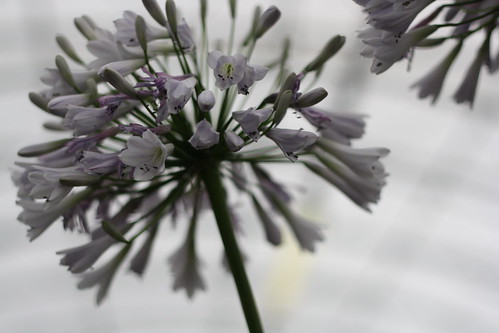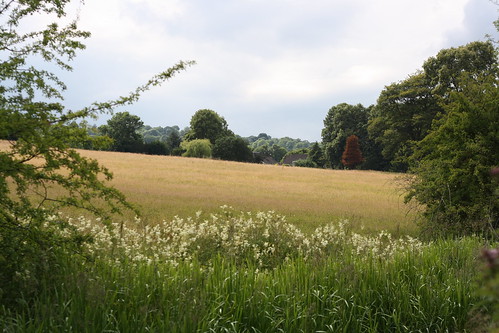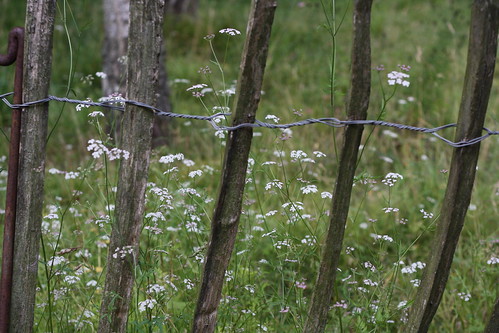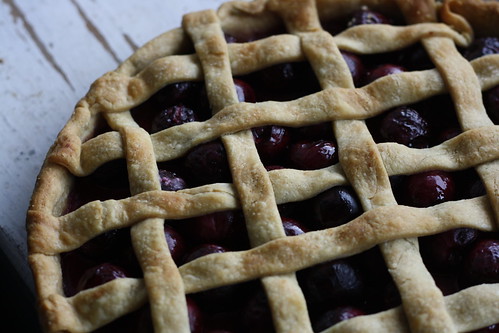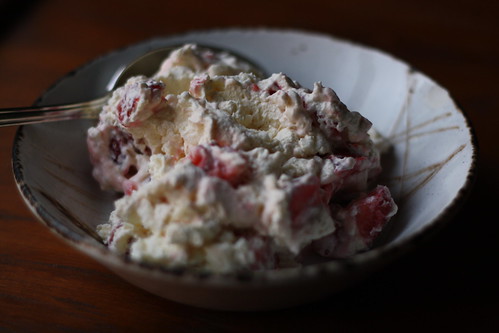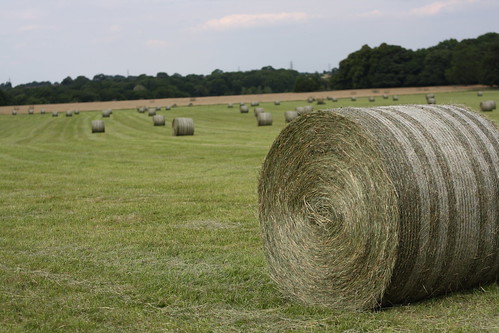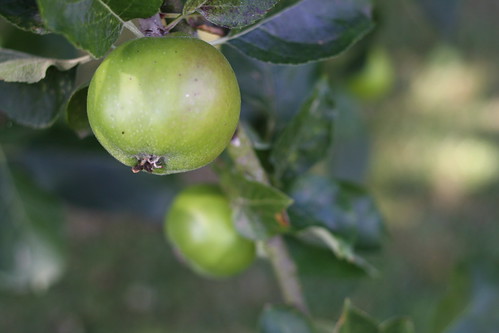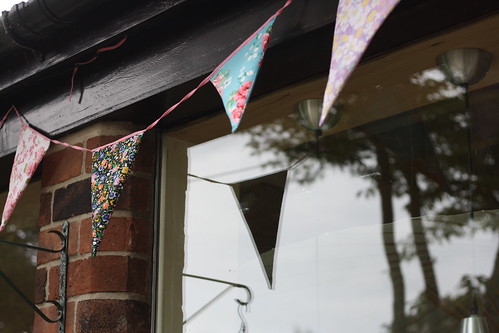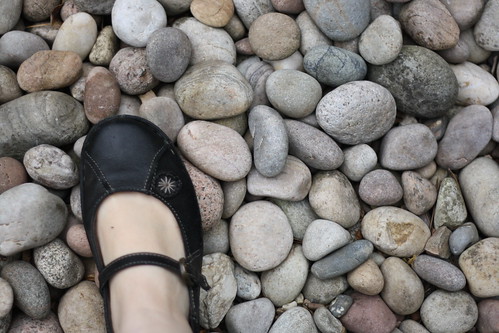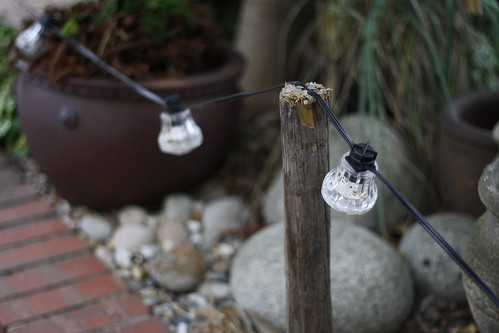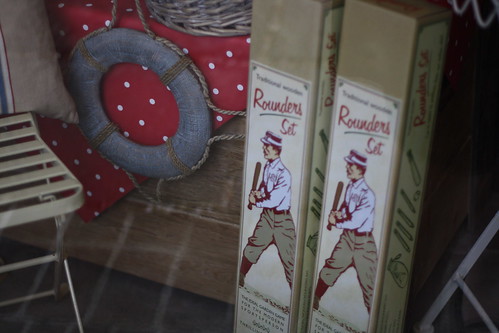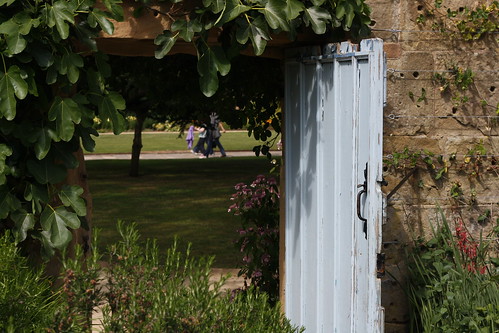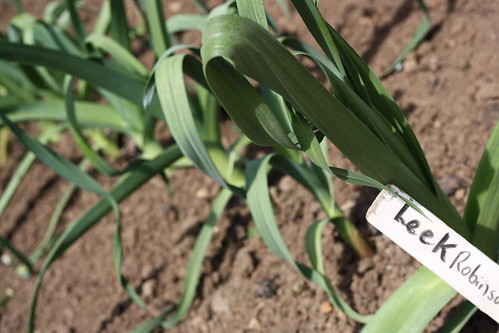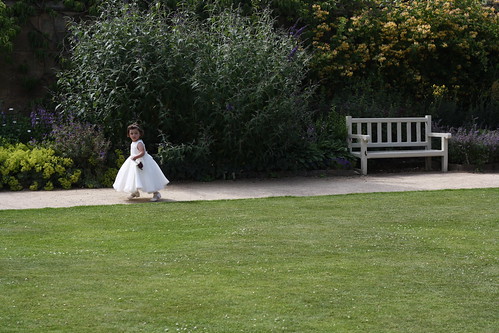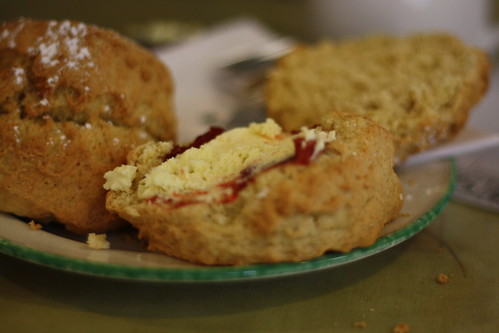My first model in the kitchen was, unsurprisingly, my mother. I grew up with the smell of warm bread drifting through the house, ready to be cut into slices and smeared thick with butter and lemon curd. There were the apple pies made with the fruit from our garden, neither too sweet nor too sharp, baked in the lightest, crispest pastry which everyone except me preferred warm with ice cream, whereas I would hang around for some served cold with a generous amount of single cream poured over. Cheese souffles came out of the oven tall and golden, stacks of mince pies awaited hungry Christmas visitors and there was even an English twist on a pizza, made with a pitta bread type dough and finished off under a hot grill. Yet ours was not a household centred around cooking; the things listed above were more for special occasions and weekends. Most of the time meals were made with frozen or packet foods, like fishfingers, vegetarian sausages and petits pois, alongside large portions of fresh fruit and vegetables. If today I prefer to cook differently, that's not to say I disapprove of what we had: reading Nigel Slater's wonderful Eating for England made me realise how fond I am of many staples of British cuisine. Dark chocolate digestives, custard creams, bread and butter pudding, steamed treacle pudding, fish and chips laced with salt and vinegar, large packs of the strongest cheddar and the crumbliest Wensleydale, sticks of rcok bought at the seaside which shatter into thousands of sugary splinters and rot your teeth, baked beans on toast and boiled eggs with soldiers.
Aside from some disastrous home economics courses at school, the idea never came to me of cooking anything myself. I can still recall the look of absolute horror on the teacher's face when she asked if anyone knew how to make hollandaise sauce and I described the process of pouring water over some powder. Then came the day when I opened the Chocolate Book and baked my first real cake with honey. Overcome by fascination at the endless possible variations with just a few ingredients and how each time you ended up with different results, the cake became my passion.
The first ever kitchen to myself was a coin cuisine in the corner of a one room studio on the top floor of a house in Annecy. The landlady lived directly underneath and spent her days worrying about my excessive water consumption, listening every time I had a shower or flushed the toilet to calculate. My cooking skills remained pretty basic though, endless meals of steamed vegetables with cottage cheese followed by a yoghurt and some fruit. In the shared flat in Lyon one day, my French flatmate E. burst out laughing while watching me boil some broccoli. "Alors ca, c'est le cliché anglais! Nous, les français on ne prépare pas des légumes de cette façon mais avec des épices ou avec une sauce." (We French would never cook vegetables like that, but with spices or a sauce). In most ways, he was pretty horrible but I have to admit that he had a good point here.
Quite a few years have gone by since then, my vegetables are no longer boiled or steamed and I cook for myself pretty much on a daily basis, taking the time to enjoy fresh, seasonal flavours. I would never claim to be a great cook; I have the tendency to fall into ruts, living off almost nothing but potatoes a few years back and until recently, a daily diet of pasta, I lack the courage and spontaneity to try different things out. Yet it's also a reflection of the cuisine I grew up with and the fact that I value simplicity. As much as I greatly admire those who have mastered the tricky art of macaroons or eclairs, I have no desire to follow in their footsteps because for me, life is too short for piping bags, spun sugar, homemade croissants and millefeuilles. I think back to the King Rollo books I read as a child, how he was offered the finest kinds of food in exchange for his humble loaf of bread but refused them all. I think I would have done the same.
Last week when I returned, I made Elise's wonderful cherry pie with a lattice crust in true Agent Cooper spirit. You can find the recipe here.
To finish, some more photos from my stay in Derbyshire and a favourite dessert. The recipe for Eton Mess below is one the easiest and best for summer. If you like you can make the meringues yourself but I prefer to buy a small pack to crumble.
Eton Mess (from Nigella Express)
For 4 people
500g strawberries (raspberries also work well)
2 teaspoons caster or vanilla sugar
500ml double cream
4 small meringue nests from a packet
1. Wash, hull and halve the strawberries and then put them into a large bowl.
2. Whip the double cream until it starts to thicken then add the sugar and conitnue whipping until very thick but not too stiff (it should still be soft and a little runny). Spoon over the strawberries.
3. Crush the meringues with your fingers until you have small pieces as well as a little dust then sprinkle over the fruit and cream. With a large serving spoon, gently stir everything together. It doesn't have to be perfectly mixed though, that's the charm of it. Serve immediately.





